The National Journal Presents
Building The Old Course
Acclaimed golf course architect Robert Trent Jones II takes us back to the early days of The National. In this exclusive interview, 'Bobby' offers insights into his design inspirations for the project as well as his overall approach and how it applies to one of Australia’s most beloved golf courses.
Photographed, filmed & edited by William Watt
The National Journal: Could you take us back to the first time you heard about the project and seeing the land for The Old Course?
Robert Trent Jones II: My first project in Australia was when I worked at Joondalup to build essentially 27 holes there, 18 at first, in their old quarry. We also did Meadow Springs nearby. So I had done 36-holes in that area and fell in love with the country – mainly the wine and the friendly attitude!
Through those projects I met Peter Walburn – he was a broadcaster in Perth. We hit it off together – played a lot of golf, had a few drinks. At the time, he was in touch with David Inglis from Melbourne, who was a former school teacher and a very entrepreneurial guy. One day, all of a sudden Peter said, “You’ve got to see this land.” Now, as golf architects, if we hear of the word “sand” we think of it like a diamond miner discovering diamonds. We will hunt for that. Almost kill for that, actually. When David talked about these very high, sweeping, windswept dunes in what’s known as Cape Schanck, which is an unfortunate name for golf to be sure, I was intrigued to say the least.
So I flew over, met David, and we went out and walked the land. It struck me as a very three-dimensional piece of property, and that’s kind of my schtick. I live in the western United States, so even though I grew up in the New York area, I cut my teeth with my father in places like Spyglass Hill – sandy soils, but very three dimensional. Three-dimensional golf architecture is a little like three-dimensional chess. It’s much more complex.
My general approach is to say the golfer is the attacker and the golf architect is the defender. So think of us as goalkeepers in the net, whether it’s football or ice hockey or whatever. We set up a series of defenses or obstacle courses on the land as it’s given. I’m also a very natural architect. If you’ve got great land to work with, I try to follow the land. If it’s beautiful, I leave it alone. If it needs a little work, I get a good shaper and we try to mimic what the land would look like if the wind had blown it. We don’t come in with a preconceived idea from some other place. Well, this land was truly great land. It was somewhat remote, but it was sort of an extension of the Sandbelt of Melbourne, albeit much more dramatic.
So we laid out what we call a core golf course. There was a tiny amount of housing, but not much, and a clubhouse. David was hustling for memberships even though we hadn’t built anything yet. Fortunately, when you have great land, you don’t need to spend a lot of money on construction. You do the opposite. You try to do less to it. We had a fine forest dotted with Moonah trees here and there – very, very sacred trees. We left them whenever we ran into something like that. We were given the flexibility to lay out an 18-hole course on an amazing piece of land and in the end, I’m very proud of the work we did there.
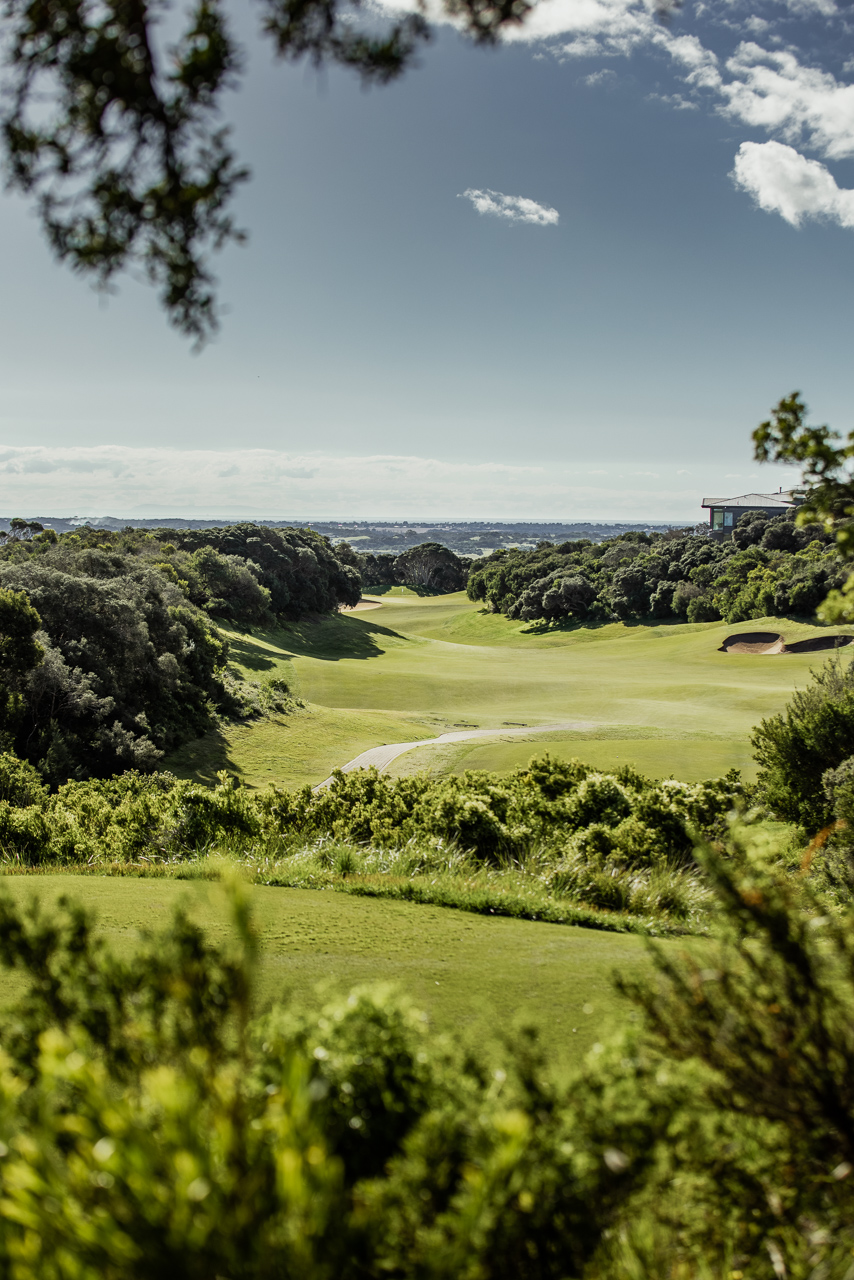
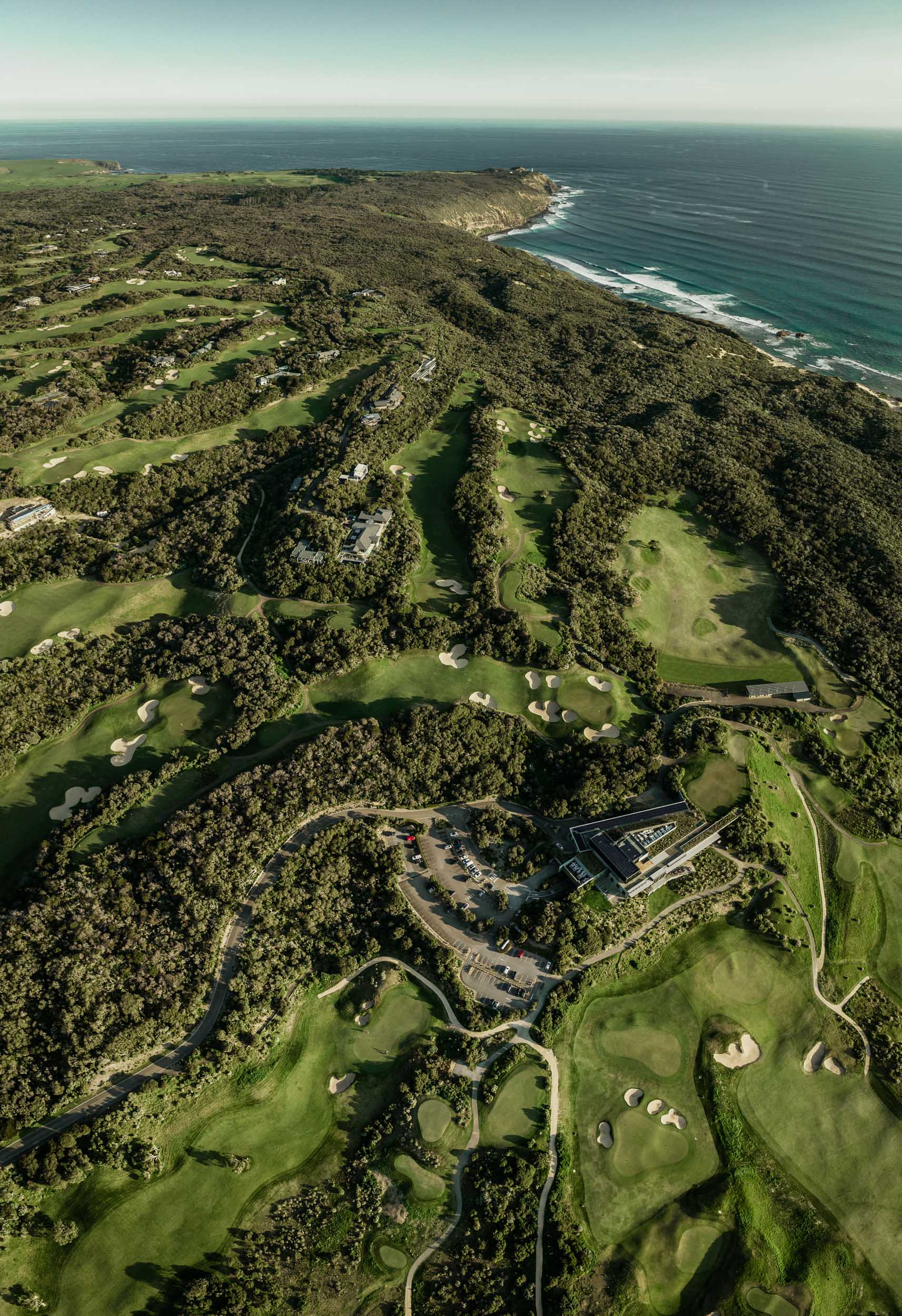
TNJ: What are some of the stylistic choices that were made during design and construction of The Old Course?
RTJ2: There’s a new book out about MacKenzie. He was a wanderer in the ’20s and ’30s. Of course, he showed up and did La Perouse (NSW Golf Club), but that was really his only original course. He touched up Royal Melbourne, touched up Yarra Yarra and other courses. Like any artist, we look at the works of other artists and we admire them or we critique them. I thought the bunkering that he had done on the Sandbelt was very naturalistic, but also quite sweeping.
MacKenzie was kind of a bon vivant – a medical doctor who lived very high and loved long trips on ocean liners. He was very charming by all accounts and he would befriend people, play golf, and he had a great, great artistic eye. After the Boer War, where Britain had lost many men in part due to the ingenious camouflaged trenches of the Boer army, MacKenzie studied camouflage techniques, particularly in relation to trenches. He actually founded the first camouflage school in London, where he wrote about and practiced shaping the ground to look as natural as possible. So he was able to create this style of bunkering that was quite flamboyant and looked you in the face and as you played, but if you were to go and walk the course backwards, you wouldn’t even see the bunkers because they’re so well hidden and natural. So, albeit quite indirectly, there is some influence from trench warfare in the bunkering at The Old Course.
Interestingly, another stylistic choice you will see at The Old Course also relates to more modern military techniques. My father was commissioned by the US Army Air Forces to build grass airstrips in New England states during the war, because he was an expert in ground works – he had worked in New York State building golf courses for the Roosevelt administration. So he built grass runways for civil defense in case the Germans attacked. After World War II, when he began doing courses with Bobby Jones at Augusta or Peachtree, you’ll see the appearance of long runway tees. His idea was that you could have multiple classes of players of all abilities, from very expert at the back and beginners or women in the front. And you could have several markers along the strip, but you could also cut them easily with a mechanical mower. You’ll see this style incorporated at The Old Course.
So what I’m trying to say is that we architects often learn from other professions, in this case war. The nature of camouflage, in the case of MacKenzie, and the technique for elongated tees, which I used to some degree in The National, where appropriate.
In the end though, beauty is important to me as you walk the landscape, and natural beauty is even more important. So when nature is very generous, as it was at The Old Course, we just try to follow her and enjoy her.
TNJ: One of the most defining traits of The Old Course is the mood that is created out on the course. It’s got a very special feel to it, and a lot of the holes are quite intimate in their setting. Was this something you set out to achieve or was that a natural result of what the land gave you?
RTJ2: That’s a really insightful question. I think it’s both. When you play 18 holes of golf, you’re there for a minimum of four hours, maybe longer, especially at championship links or quasi links course, which this is. And intimacy is part of the symphony. Think of symphonic work, or even of rock music. It’s not Beethoven 5th ‘da, da, da, daaa’ all the time. There are phrases of music in a classical symphony, or like the long riff in Hotel California, where it gives you time to breathe, to take it all before another peak. That’s something we definitely like to keep in mind when we’re designing the course, and I think The Old Course achieves these changes in mood quite successfully.
There are basically two distinct categories of players. Ones that look around and see the scenery and the beauty and are out for a social game and a beer and don’t really care that much about the score. And then there’s a competitive player who looks down at the club, down at the ball, down at the hole, and never sees the beauty. So we also had to put that level of skill into the golf course to accommodate the competitive player, while also maintaining a great variety of settings for the social player. And then, finally, we had the invisible hazard – strong winds. So we kept trees to knock the wind down. So occasionally we had to have intimacy. Otherwise, you’d be blown away all the time and you wouldn’t have enjoyed the round.
”Think of symphonic work, or even of rock music. It’s not Beethoven 5th ‘da, da, da, daaa’ all the time. There are phrases of music in a classical symphony, or like the long riff in Hotel California, where it gives you time to breathe, to take it all before another peak
Robert Trent Jones IIGolf Course Architect
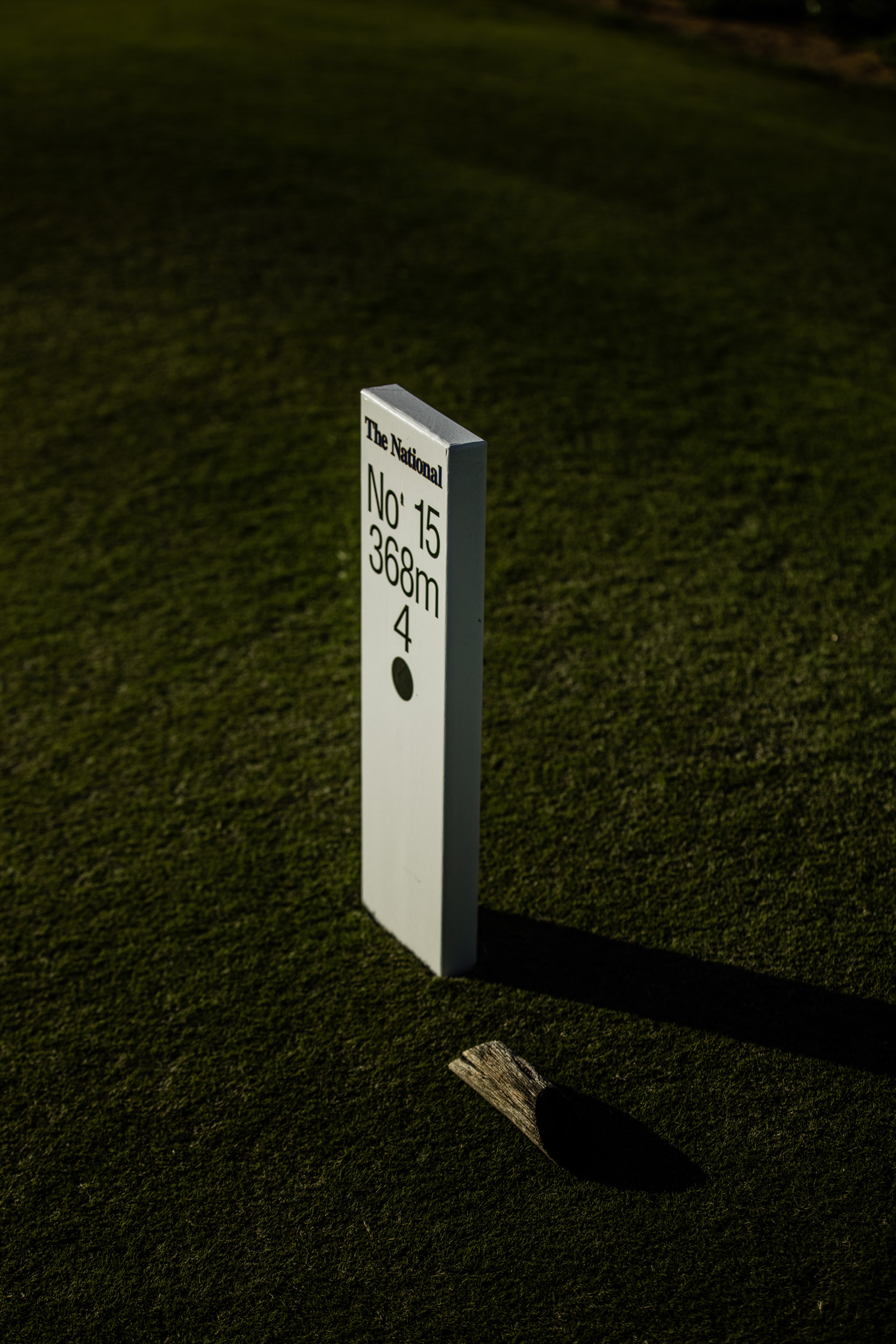
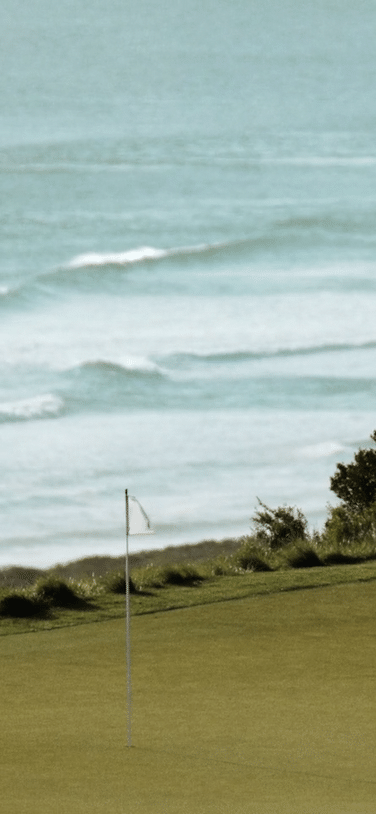
TNJ: Can you talk a little about the 7th hole, which many members and visitors identify as one of those ‘peaks’ that you mentioned?
RTJ2: Yeah. I’m actually looking at a picture of that hole right now – playing right across the chasm to a very large green, very elongated left to right, and just a single bunker. If you look at the aesthetics of it, in the far distance below you, 200 or 300 feet or more, you’ve got the breaking waves. We didn’t want to distract your eye too much from that incredible view.
I like to use bunkers as kind of a reflection of the waves when I’m near the ocean. That’s called the principle of harmony in Japanese art, which when I was working in Japan, some of the masters taught me that concept and I just applied it to my work.
As I mentioned, when we did the bunkering at The National, we took our cue from Royal Melbourne and MacKenzie, especially when it came to the greenside bunkering. If you look closely, you’ll see we’re influenced by the strong, concave bathtub style bunkering. That’s because the strong winds would blow the sand out here in your face and it would be unpleasant, so we had to be a little deeper than on The Sandbelt. So when you’re near the sea, there’s a functional element of how you build the bunkering, and you don’t want to over-bunker. In fact, it’s better to under-bunker, particularly in a spot like the 7th. Architects tend to put lots of bunkers in to make it look pretty, or dramatic or scenic. But if you’re a beautiful woman, you don’t need a lot of jewellery.
TNJ: The greens are another distinctive design element at The Old Course. Can you describe some of your thinking behind your approach to these?
RTJ2: We like to present the hole. We don’t like blind tee shots or blind shots into greens. Yes, the greens at The Old Course are quite large when you compare to what was existing on The Sandbelt and MacKenzie’s work there. But I think our greens are more creative and have more variety – they’re not all back-to-front greens. If you get above the hole on some of the great holes at Royal Melbourne, you’re going to have a hard time stopping the ball. At championship speed, such as Royal Melbourne, that makes a big difference to the play. So we have to take all that into account. It’s not just aesthetics. It’s not just intimacy. It’s not the land, what it gives you. It’s the game itself, at championship level and for everyday play. So we created greens that would provide options in all conditions and offer members great variety from day to day.
TNJ: It seems as though The Old Course has been able to cope with the advances in technology over the years really well. Was that something you had in the back of your mind during the design phase or is it something you’ve had to work on over the years to extend the course at all?
RTJ2: We try to look ahead, and obviously the advances in technology since The Old Course opened are too numerous to mention. We knew the golf courses were getting longer, but you don’t necessarily just combat that with length alone. There are five basic defenses we use. One is length. One is width – fairways or target areas. One is hazards – trees, bunkers, lakes, or ponds. Another one is chipping and putting on the green surface and around it. If you are a creative person, you try to use all of those elements in different ways, and you should not repeat yourself. The golfer should not feel like they’ve seen that hole before, or that shot before. I think The Old Course does that. I don’t think that any one hole particularly reminds you of another, yet it all hangs together.
We don’t want people to get bored. We want them to have a variety of experiences, especially at a private club. The best compliment I have… even if it’s a difficult or technically difficult course, like the Prince Course of Kauai or Chambers Bay in Tacoma, Washington… is when they’ve come off course and say, “That was tough. I lost three balls. But when can I get a starting time tomorrow?” That is the highest compliment that I can and our team can receive.
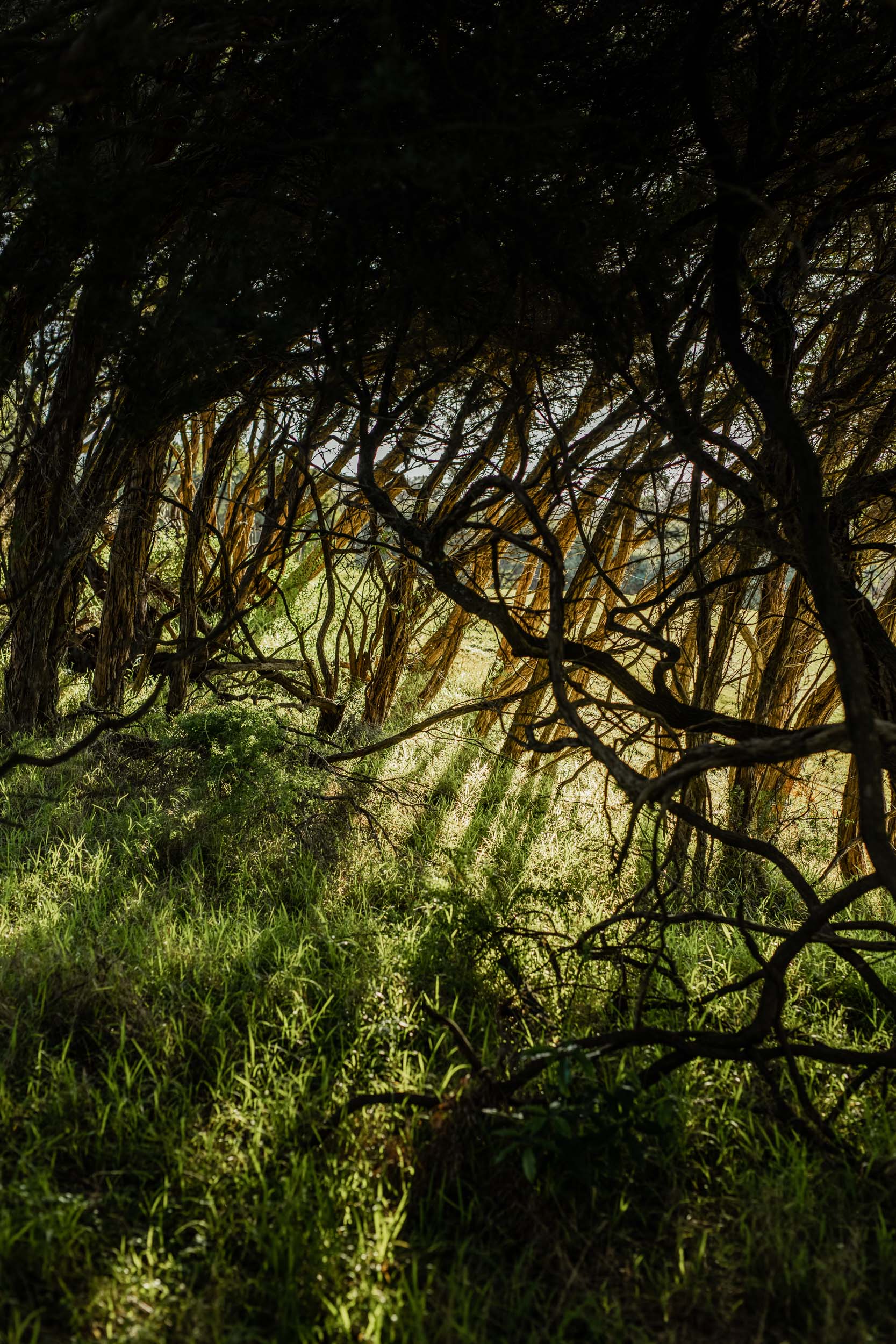
Video piece – A quiet afternoon on The Old Course
TNJ: You’ve spoken a lot about the artistry that goes into the course. Do you think that that is one of the reasons why The Old Course has become so loved by members? That there’s a deeper connection than just the technical side of the game?
RTJ2: Well, it’s both and, and yet it isn’t overwhelmingly one or the other. You don’t have to be an Olympic skier skiing on ice. Remember, I’m an amateur player. I never played professionally. My way is the way most people play. They hit it and if they get it on the fairway, they might be on the right side or left side, and then they figure out another way to get toward the green if it’s a par-4. And so I think in terms of different angles. If you were to read my book, Golf by Design, I wouldn’t tell you how you build a golf course. I tell you how to break down a golf course, how to ask, who’s the designer? What’s his tendency? And if you study that, you’re two up on the first tee over the guy who doesn’t.
If you’re a club member, you’ll learn over time because you play and play and play. But if you haven’t played once, then think about that. Who’s the designer? And there will be certain tendencies that we have. Mine is to have many options. Nicholas’ is point to point. Fazio is very pretty bunking and very artful but bracketed. Once you’ve studied the designer, that’s just like a striker in football coming at the goalkeeper for a penalty. He knows which way he’s going to go, right or left, because he knows his tendencies.
TNJ: In terms of how this project influenced your career – did you take any of the style elements you mentioned with the bunkering and so on to other projects overseas?
RTJ2: During The Old Course project, I was in what I would call, in the ’80s and ’90s, and even in 2000s, in my very strong period. When I started out, I was gentle. I was a little bit cautious, and still building my team. But when I was working in Australia, you guys like to play from the black tees. So I said, “Okay, let’s go. Let’s give them real Beethoven music here. Da da da daaa.” Although I think The National is even tougher than Beethoven’s 5th! But as I said, I tend to respond to the land itself, so I wouldn’t say The Old Course has influenced other projects we’ve had overseas all that much.
I think we’ve left a lot of fun for a lot of people. And for myself too! People ask me “Do you play?” I say, “Does a chef eat? Of course, I play.” I take my own medicine. People love it when I double bogie when I’m playing. It makes them really happy.
We wish to thank Robert Trent Jones II for his time and considerable insights for this piece, as well as for providing members with a lot of fun over the years.


